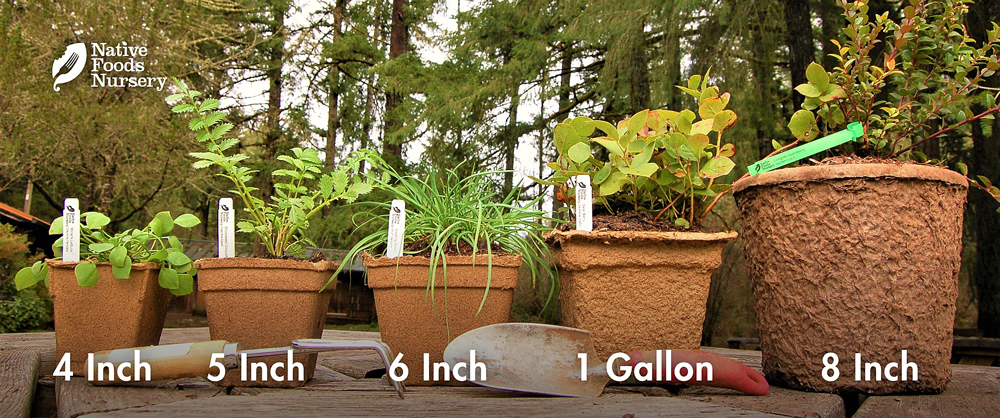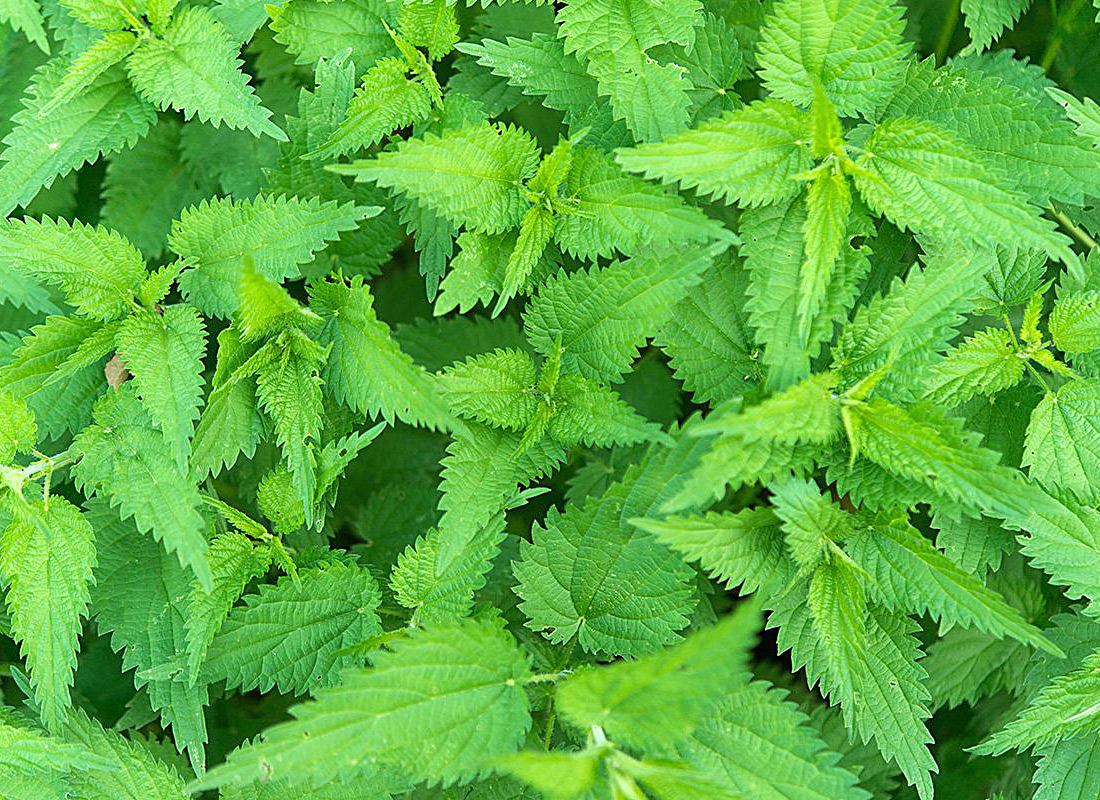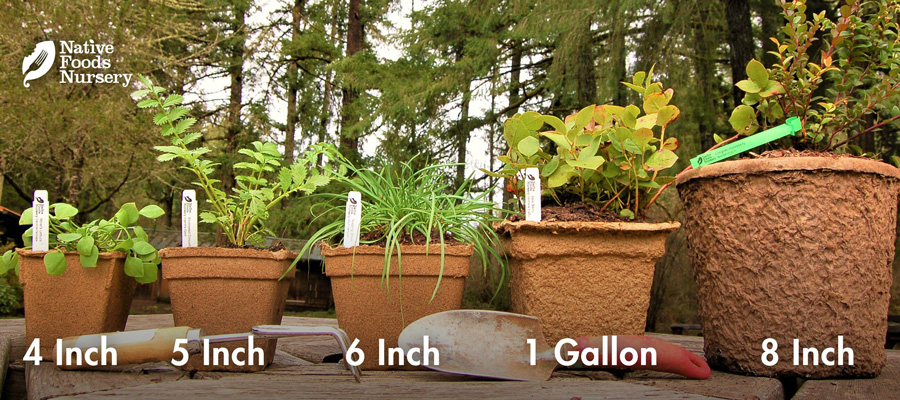Common Nettle
- Current Stock:
- 0
- Other Names:
- Stinging Nettle, california Nettle, European Nettle
- Latin Name:
- Urtica Dioica
Common Nettle is an herbaceous perennial with edible, nutritious leaves. “Is this the same plant that stings?” We’re often asked. “And you can eat it?” Often follows. Yes, both are true!
Edible Uses
Nettles are a native food so nutritious and delicious (and medicinal), they have been actively used for thousands of years in cultures across the globe. They just need to be dried or blanched first to neutralize the stinging hairs. That’s right, nettle leaves are a high-protein (up to 25%), low-calorie source of essential nutrients, minerals, and vitamins, particularly for vegetarian diets.
In particular, Nettle scores very high in Vitamin A, calcium, and iron. In fact, there are stories of people who have lived entirely off Nettles (albeit, they turned green...). And they taste good, too - like a flavor combination of spinach and cucumber. They can also be made into a nutritious, earthy tea. Now, this is a true native superfood!
NOTE: Young leaves and new shoots are preferred. Older leaves develop gritty particles that can irritate the kidneys.
Ornamental Qualities
Nettle isn’t the most colorful plant, but it’s vigorous Spring growth and heavily serrated leaf margins do add lush green textures to any garden or landscape. In addition, Nettle is a great “green manure”, meaning that “tea” made from the leaves and stalks can be used as fertilizer for other plants - it’s that nutritious!
Environment and Culture
Nettles are native to Western North America, as well as various other parts of the globe, and have a long history with humans. Nettles’ wild home is often as an understory plant in wetter environments, like the Pacific Northwest - however, it can be found in open meadows as well. Some of it’s wild companions in this region are the Ostrich and Wood Ferns, Thimble and Salmon berries, Redwood Sorrel and Pacific Waterleaf, and more.
Birds are known to eat the seeds of nettle, as well as numerous species of butterfly and moth. In fact, they are the exclusive larval food plant for several species of butterfly. They also attract beneficial insects for the garden (they also lure aphids away from your vegetables).
Nettles are extremely low maintenance, vigorous, and hardy. This is a very easy meal to grow. They spread from rhizomes - gardeners are wise to install rhizome barriers (special beds) for this plant to keep it contained. Nettle has been documented extensively for its numerous medicinal uses, from internal detoxification to various skin ailments. It has also been heavily used as a fibre plant to make rope, clothes and more.
Harvest, Care, and Preparation
Nettles can be allowed to spread and grow into a patch before beginning to harvest them. While Nettles are easy to grow, they take some care to harvest. Wear thick gloves, and use a sharp knife to remove young leaves individually or clip the uppermost few inches of the plant - stem and all. When a healthy patch or plant is fully harvested, or begins to flower in late Spring, the plant(s) can be cut back completely to the ground, stems removed, and the cycle restarted. This way, greens can be reharvested as new growth re-grows.
Collected leaves can be either thoroughly dried or cooked for at least one minute to deactivate the stinging hairs. Then, they can be used the same way as any other dried or cooked green. They can be served fresh like steamed spinach, mixed in with eggs or an omelette, made into a creamy soup, or blended into a special sauce or pesto. They’re all good, but certainly our favorite Nettle dish is pesto!We make a delicious one with toasted sunflower and pumpkin seeds (recipe coming soon), but replacing Nettle with some or all of the basil in any pesto recipe will turn out great results.
Enjoy this native superfood!
- Native Range: Western States, and beyond
- USDA zones: 3-9
- Ease of Care: Very Easy
- Deer Resistance: Very High
- Light Requirements: Full Sun to Part-Shade
- Soil Type: Any, prefers rich soils, neutral pH
- Water Requirements: Moist or Wet
- Pollination: Self-Fertile
- Bearing Age: 1 yr from seed
- Size at Maturity: 3-4 feet tall
- Bloom Time: Early Summer
- Harvest Time: Early Spring
Pot Sizing Guide

Our policy lasts 30 days. If 30 days have gone by since your purchase, unfortunately we can’t offer you a refund or exchange. To be eligible for a return, your item must be unused and in the same condition that you received it. It must also be in the original packaging. Gift cards are non-refundable. Once your return is received and inspected, we will send you an email to notify you that we have received your returned item. We will also notify you of the approval or rejection of your refund. If you are approved, then your refund will be processed, and a credit will automatically be applied to your credit card or original method of payment, within a certain amount of days.














